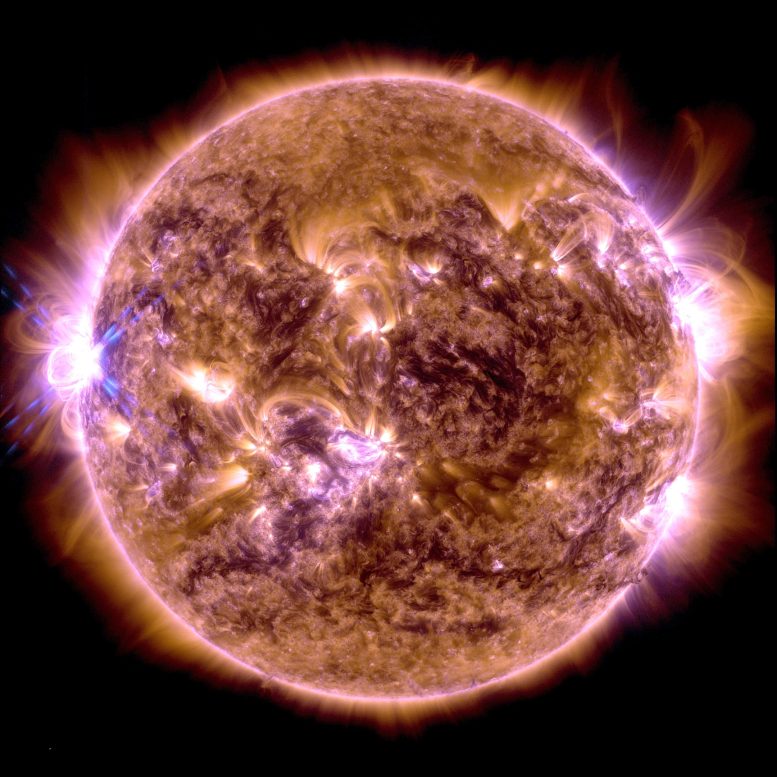
NASA’s Solar Dynamics Observatory captured this image of a solar flare – as seen in the bright flash on the far left – on December 31, 2023. The image shows a subset of extreme ultraviolet light that highlights the extremely hot material in flares, which is colorized in yellow and orange. Credit: NASA/SDO
The Sun emitted a strong solar flare, peaking at 4:55 p.m. EST, on December 31, 2023. NASA’s Solar Dynamics Observatory, which watches the Sun constantly, captured an image of the event.
Solar flares are powerful bursts of energy. Flares and solar eruptions can impact radio communications, electric power grids, navigation signals, and pose risks to spacecraft and astronauts.
This flare is classified as an X5.0 flare. X-class denotes the most intense flares, while the number provides more information about its strength.
More details were provided by the National Oceanic and Atmospheric Administration’s Space Weather Prediction Center:
An X5.0 flare (R3 Strong Radio Blackout) from NOAA/SWPC Region 3536 occurred at 31/2155 UTC. This flare came from the same region that produced an X2.8 flare on December 14, 2023. It is also the largest flare to be observed since September 10, 2017 when an X8.2 flare occurred. Although low confidence, modeling of the CME (Coronal Mass Ejection) related to this event determined the possibility of proximity shock influences near Earth as early as January 2. A G1 (Minor) geomagnetic storming watch valid January 2 is in place in response.
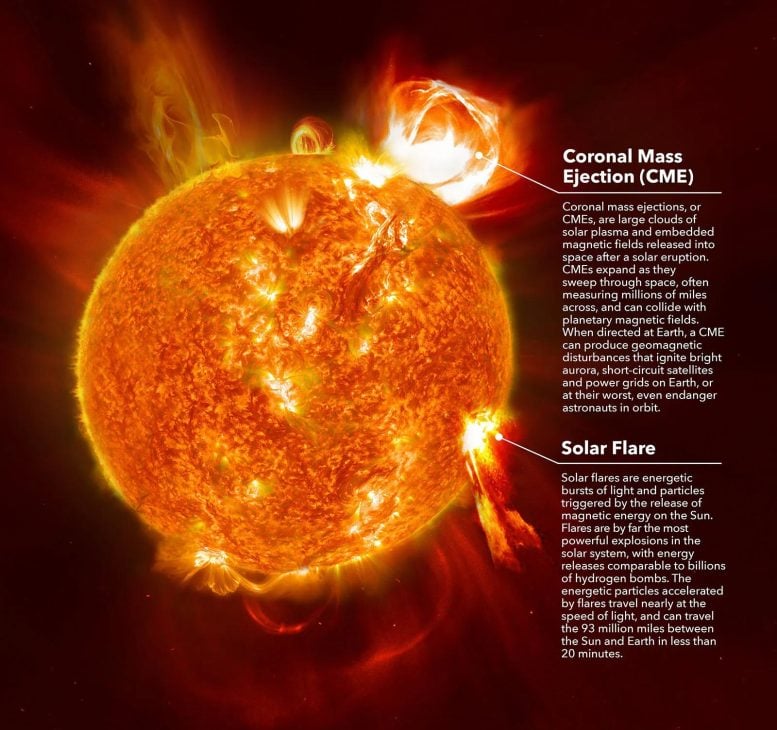
Coronal mass ejections and solar flares. Credit: NASA’s Goddard Space Flight Center/Mary Pat Hrybyk-Keith
Solar Flares
Solar flares are sudden and intense bursts of radiation emanating from the Sun’s surface, often near its sunspots. These flares are caused by the release of magnetic energy stored in the Sun’s atmosphere. This energy heats up the solar material to tens of millions of degrees, causing it to emit gamma rays, X-rays, and ultraviolet radiation.
Solar flares are primarily classified into three categories based on their strength: C-class, M-class, and X-class.
- C-class Flares: These are small flares with minimal impact on Earth. They are common and can occur frequently during periods of high solar activity.
- M-class Flares: These are medium-sized flares that can cause brief radio blackouts at the poles and minor radiation storms that might endanger astronauts.
- X-class Flares: The most intense type, these flares can trigger planet-wide radio blackouts and long-lasting radiation storms. They are often accompanied by coronal mass ejections (CMEs), which can have significant effects on Earth’s magnetosphere and geomagnetic field.
Each class is ten times more powerful than the preceding one, and within each class, there is a finer scale from 1 to 9. For instance, an X5 flare is five times more intense than an X1 flare.
NASA’s Solar Dynamics Observatory
NASA’s Solar Dynamics Observatory (SDO) is a space mission launched in February 2010 as part of the Living With a Star (LWS) program. The primary goal of the SDO is to understand the influence of the Sun on the Earth and near-Earth space by studying the solar atmosphere on small scales of space and time and in many wavelengths simultaneously.
The SDO is equipped with a suite of instruments that provide observations leading to a more complete understanding of the solar dynamics:
- Atmospheric Imaging Assembly (AIA): Captures images of the solar atmosphere in multiple wavelengths to link changes in the surface to interior changes.
- Helioseismic and Magnetic Imager (HMI): Studies the solar magnetic field and produces data to determine the interior sources of solar variability.
- Extreme Ultraviolet Variability Experiment (EVE): Measures the Sun’s extreme ultraviolet irradiance with high accuracy, which is important for understanding the impact on Earth’s atmosphere.
By continuously monitoring the Sun, SDO helps scientists learn more about solar activity and how it affects Earth, playing a crucial role in our ability to forecast space weather events.

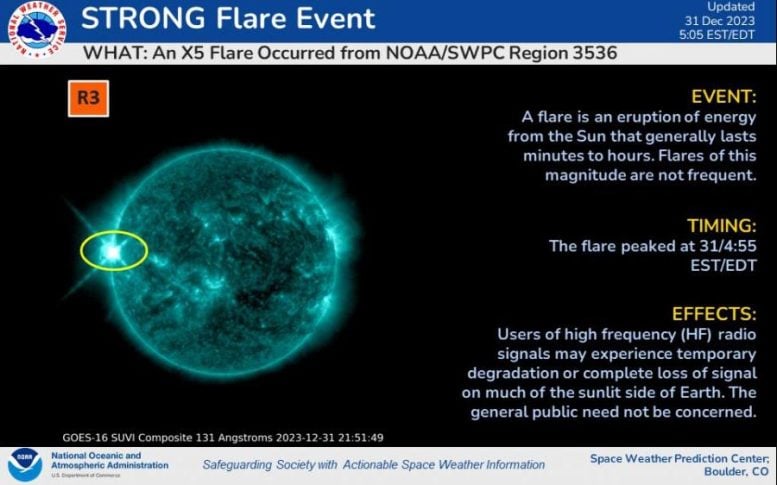
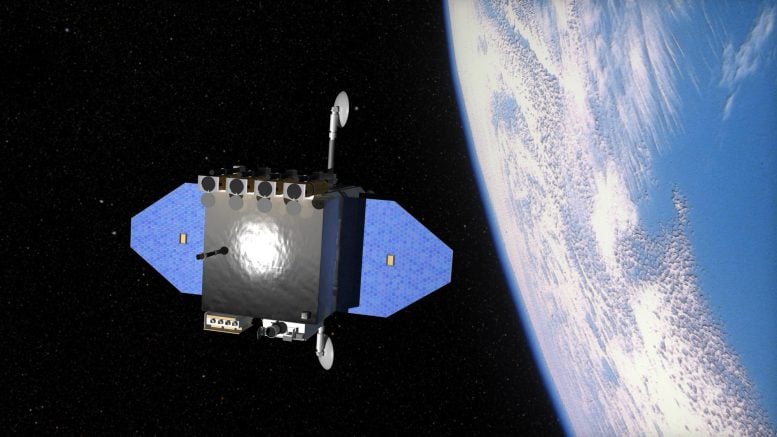

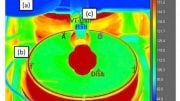






Be the first to comment on "NASA Captures Sun’s Fury: Strongest Solar Flare Since 2017"